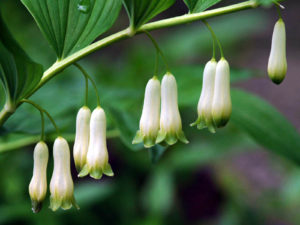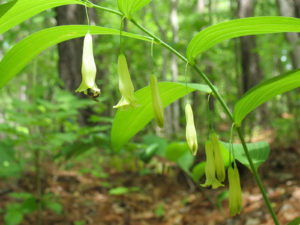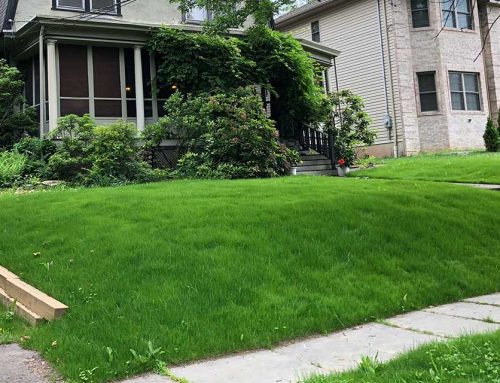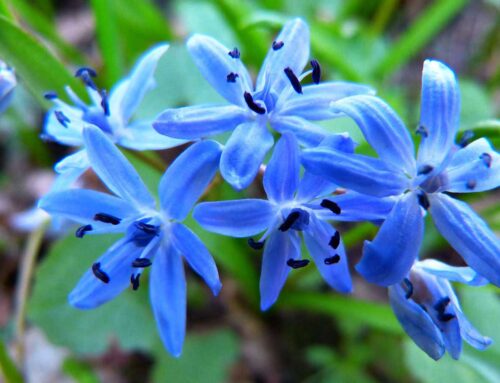Sustainable Landscaping with Native Plants
Polygonatum – Solomon’s Seal
Solomon’s seal is a must-have perennial for any shade garden that can provide a beautiful bloom in the spring time, and has quite a rich history as well as a variety of medicinal uses, mostly used as a remedy for pains.
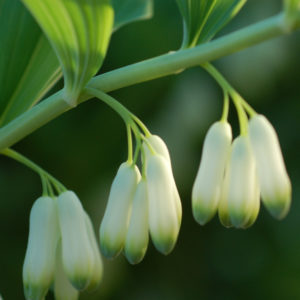
Solomon’s Seal is native to Eastern North America and to Europe, and some parts of Asia. You can find them in forests within zones 3-7 of the USDA’s hardiness zones, but should only plant them in your own garden when purchased from a garden center to ensure they are healthy. When fully grown, the plant will reach 1-4 feet in height and will produce blooms during the late spring months.
These plants are rather simple to maintain, all you need to do is keep the soil moist consistently in order for them to thrive. They need to be watered mostly before the plant has established itself. They will thrive best in well shaded gardens. Make sure you give each plant a lot of space when planting, as these plants will spread/multiply and quickly fill up a space. Solomon’s seal typically do not have any issues with disease or insects, so you do not need to worry about using any kind of repellent. They are deer resistant as well. It’s worth noting that all parts of this plant, except the roots and young shoots, are poisonous and can induce vomiting or nausea when consumed.
Use of the root of solomon’s seal dates back thousands of years ago, back to King Solomon’s era. He claimed the plant was a gift from God, and then named it after himself. Some of the claims of healing claim that the root can help ease pain, accelerate restoration of broken bones/damaged cartilage, and sooth upset stomachs. If you want to read more about the medicinal use of solomon’s seal root, here is an web page with instructions on how to make your own tea from the root of a solomon’s seal.
Lincoln Landscaping “The Natural Choice”
Mike Kolenut President & CEO
https://lincolnlandscapinginc.com
(201) 848-9699

